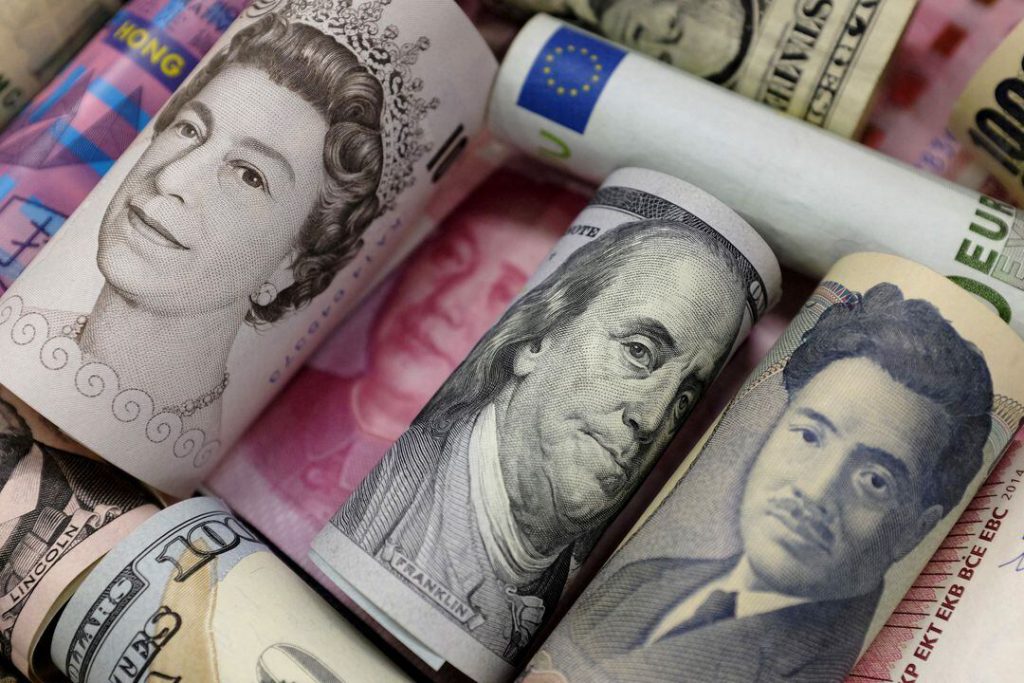De-dollarization has always been a significant topic for economies to discuss and build on. There was a time when de-dollarization would be dubbed a myth, a passing phase that would eventually dissolve on its own. However, in recent times, the myth has now become a legitimate phenomenon to pay heed to. Although gradual yet steady, de-dollarization is proving to be a real barrier, hurting the US dollar. At the same time, this development is also sabotaging the decades-long prestige that the US has earned for itself into dust.
Also Read: 3 Economics To Lead De-Dollarization: What’s Going On?
What Is Wall Street Not Telling About Dollar Derailment?
1. The Idea Of Self-Sufficient Economies Is On The Rise


In economic terminology, self-sufficient or autarkic economies are those that have learned to deal with their own economic affairs. With the US sanctioning nations in a rapid manner, countries have now started to adopt autarky, leading them to become self-sufficient. This development is marked by low dependency on the US dollar, while making moves that help the nation rely on its own sources for survival. This can be seen in terms of local currency fuels and usage, which has now become a regular phenomenon among many leading nations, including BRICS and ASEAN. Increased US sanctions have also compelled countries like Russia, Iran, and China to trade outside of the US dollar reign. This is also fueling mass dumping of the USD, making economies self-dependent in the process.
The Dollar is collapsing.
100% Debt to GDP and growing.
A president that wants to-3% real rates.
And foreigners that are rapidly withdrawing their money.
RIP. pic.twitter.com/DCT8BRdSc7— Spencer Hakimian (@SpencerHakimian) June 30, 2025
2. Rise of the Yuan and Euro


There was a time when the US dollar stood unbeatable. No currency could match the USD’s allure, let alone exhibit power dynamics that could derail the US dollar. The times have now changed. The US dollar is now at the edge of a moat, with currencies like the euro and renminbi, or the yuan, giving it stiff competition. As per Reuters, geopolitical tensions are prompting nations to use the yuan and euro in international trade, a system developed to maintain less dependency on US dollar-based assets, spearheading de-dollarization.
Chinese Yuan (RMB) goes international, ready to take on the US dollar.
— S.L. Kanthan (@Kanthan2030) June 18, 2025
💠Yuan is now the 2nd most-used currency in global trade
💠Renminbi is also the world's 3rd largest payment currency
People’s Bank of China Governor Pan Gongsheng @ 2025 Shanghai Lujiazui Forum. pic.twitter.com/yPcTBQaHgv
3. Central Banks’ Gold Buying Spree Signalling a Bigger Sentiment Shift


Central banks all around the world have now started to hold gold in massive quantities. This development has also been signaling an incremental shift. The banks’ pivot towards gold has escalated due to the worsening geopolitical tensions. As the USD continues to project a weaker stance, banks have now started to hold gold as an asset they can truly depend upon during times of intense economic crisis. This is also weakening investor sentiment towards USD-based assets, making them appear non-lucrative in the long run. The phenomenon is also sparking active de-dollarization, influencing mass sentiments at a gradual pace.
Central banks have figured out what is a true reserve asset and are ditching developed nations' debt in favor of gold.
— Daniel Lacalle (@dlacalle_IA) August 15, 2025
Gold is money, everything else is credit.https://t.co/cVv2dr4MKi pic.twitter.com/o2dUacyPJ5
Also Read: De-Dollarization: 3 Global Superpowers Drop USD for Crypto Oil Trade





